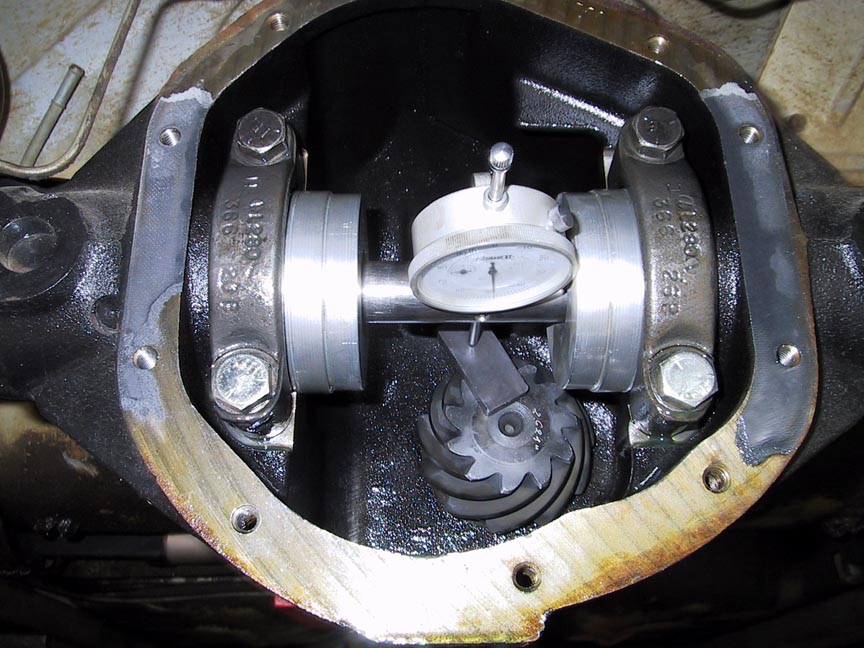- Joined
- Oct 21, 2004
- Location
- BFE Desert east of Cali
Maybe you heard wrong.
But at least I can read...
Detroit Truetrac?
High quality mineral or synthetic gear lubes are
required for use in Detroit Truetrac differentials.
Regardless of the lube type, always use a GL5 rated
lube with the least amount of friction modifier. Mineral
lubes lacking friction modifiers (limited-slip additives)
were historically recommended for all Truetrac
applications because friction modifiers can slightly
reduce the bias ratio (limited-slip aggressiveness) of
Truetrac differentials. However, to address the
continually increasing power outputs of modern
powertrains, many vehicle manufacturers have
switched to synthetic lubricants as a counter measure
for increased axle temperatures and prolonged service
intervals. In general, consult the vehicle owner's
manual for the manufacturer's recommendations for
lubrication type, weight and fill volume. This will ensure
lube compatibility with the seal materials and bearings
used in the axle. Eaton Performance technical support
is available for any concerns in lube selection.
Straight from the owners manual found here:
http://www.eaton.com/Eaton/ProductsServices/Vehicle/Differentials/detroit-truetrac/index.htm#tabs-4







 looked good when? I've honestly never worked on a rear end. I know if I did, I would have specs and measuring tools to do the job. Lots of reading, phone calls and probably crying, kicking, and throwing things.
looked good when? I've honestly never worked on a rear end. I know if I did, I would have specs and measuring tools to do the job. Lots of reading, phone calls and probably crying, kicking, and throwing things.